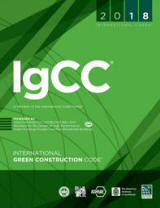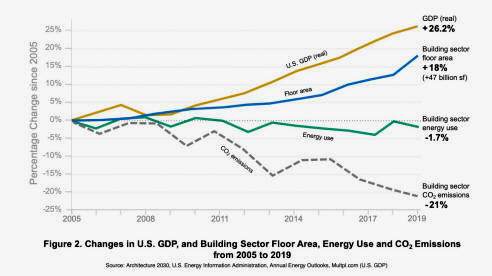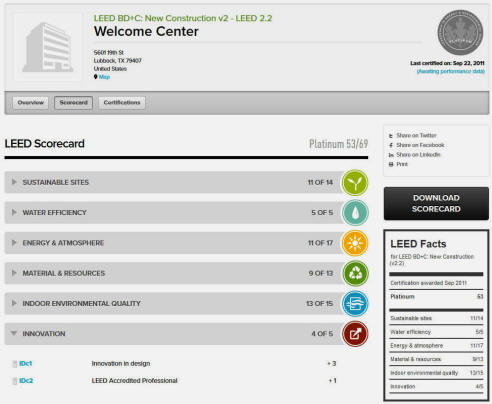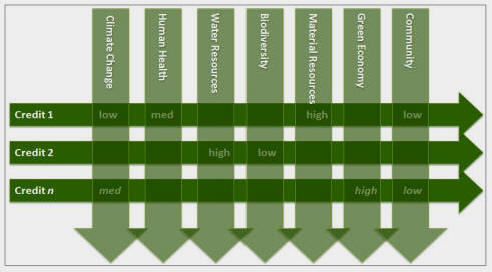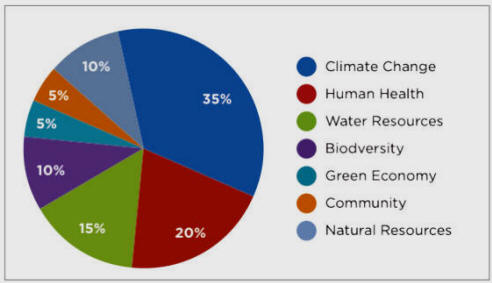"According to a separate study by Ember Climate, an energy research organization based in London, global wind and solar power capacity increased last year despite the pandemic. That, combined with the relatively low operating costs, means that when power demand rebounds, a greater share of the total energy will quite likely come from low-emissions or renewable sources."

"A broad move away from coal power was an important factor in pushing down global greenhouse gas emissions, researchers said, and could help accelerate a shift toward renewable energy...
Coal releases more carbon dioxide than any other form of power generation, so even the relatively small decreases in demand that caused coal plants to go offline resulted in substantial decreases in greenhouse gas emissions. Burning coal for power also pollutes the air, releasing toxins that have been linked to heart and lung problems and some neurological disorders...
The trend away from coal could outlast the pandemic, the report said. That’s because power plants that use renewable energy, like wind or solar, are expensive to build. Once complete, though, it is not necessary to purchase fuels to run them."

